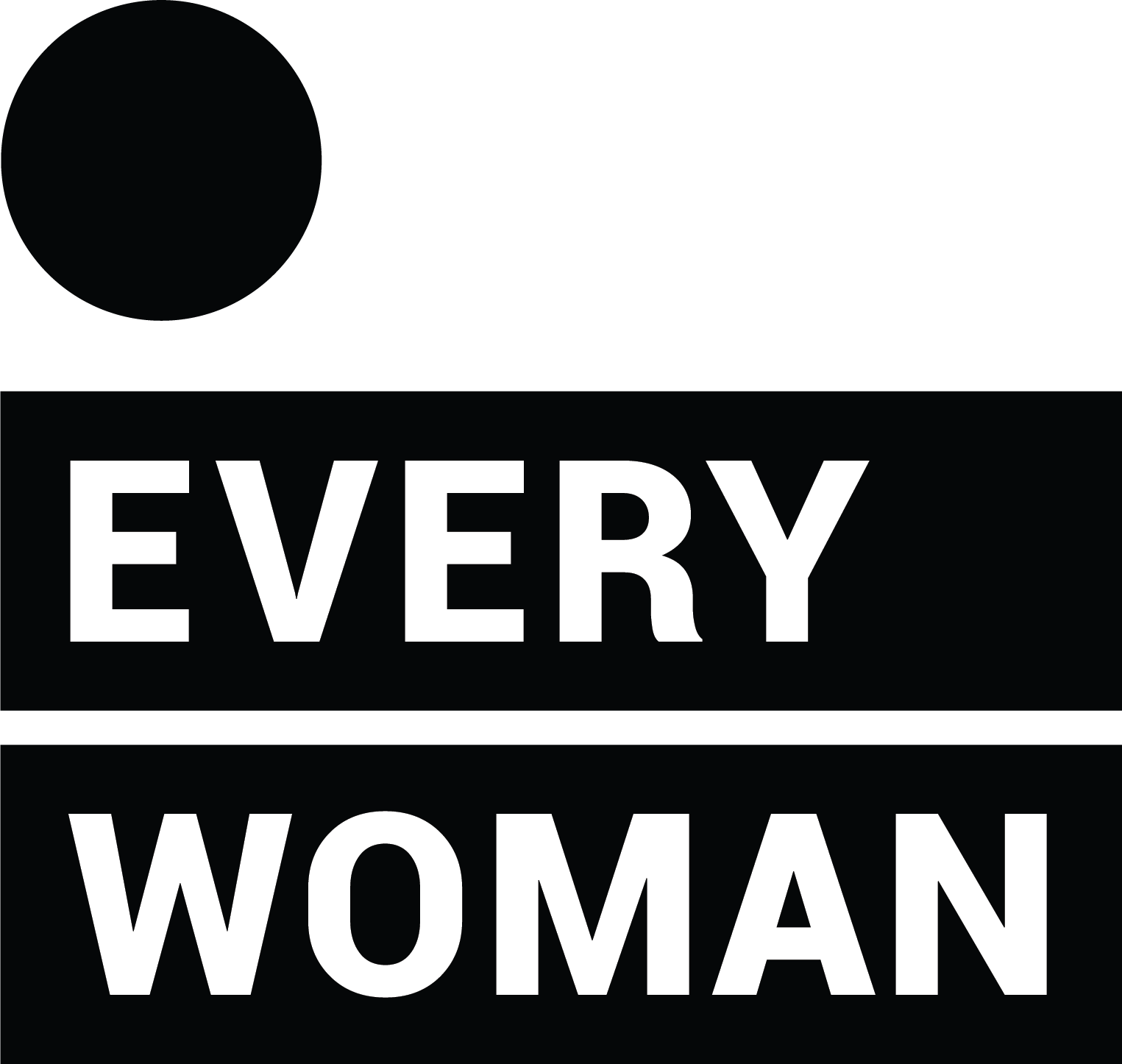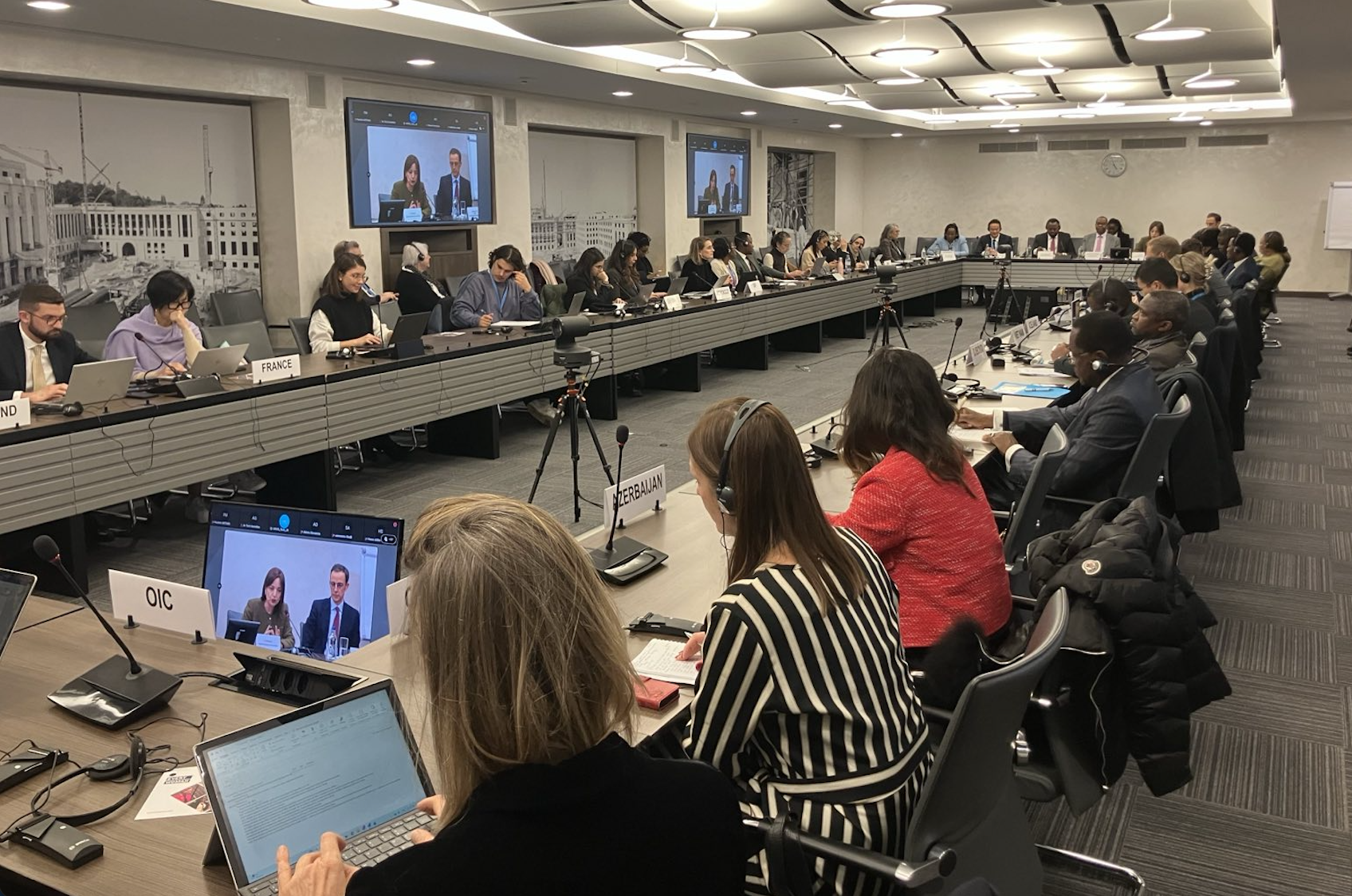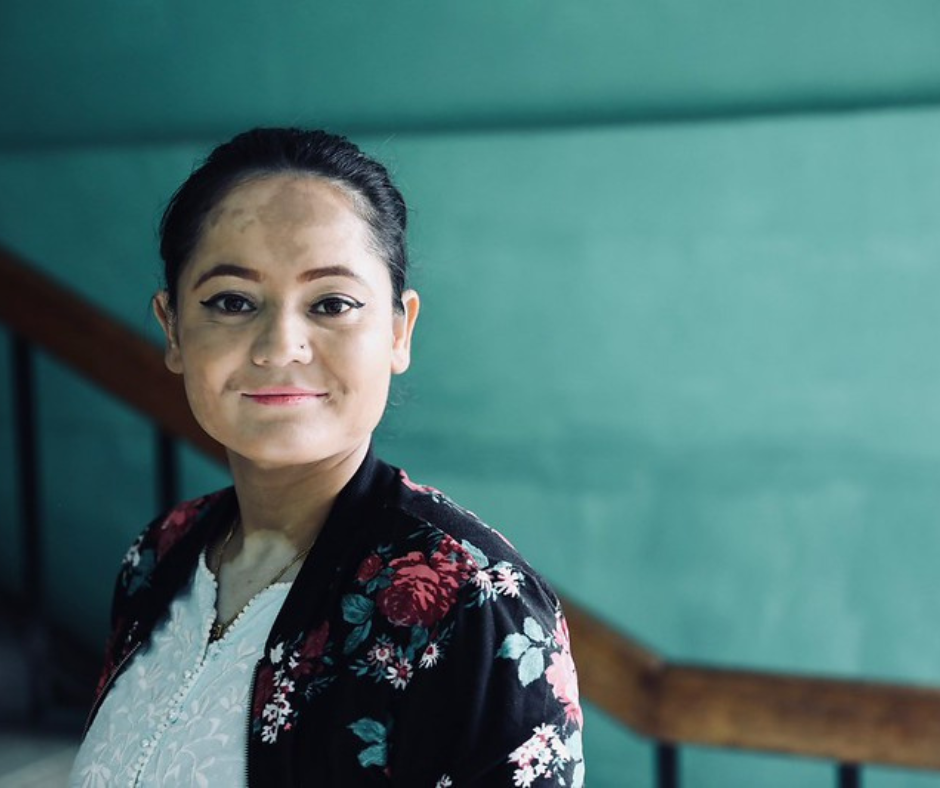We frequently hear that addressing violence against women and girls is costly and many governments simply do not have enough resources to prioritise this issue.
Our Solutions Session today at the Second World Summit on Social Development challenged this narrative, highlighting the extraordinary cost of violence against women and girls, the economic and social consequences, and how prioritising violence prevention in national and global budgets is smart economics and a path to sustainable development.
High cost of violence against women and girls
Each year, nations lose billions due to the cost of violence against women and girls (VAWG). Loss of productivity, healthcare expenditures, social services, and legal proceedings, among other expenditures, are estimated at US$1.5 trillion per year or approximately 2 per cent of global GDP. The World Bank reports that the price tag can be as high as 3.7 per cent of GDP in some countries.
These costs are often invisible in national budgets, yet they quietly erode economic stability and human potential. Addressing the problem globally would cost less than the estimated US$42 billion needed to end gender-based violence in 132 countries by 2030, a small percentage of US$1.5 trillion. Moreover, every dollar invested in women generates a US$8 return for the entire community.
The question, then, is not whether we can afford to act, but whether we can afford not to.
An economic reset
Ms. Chantal Yelu Mulop, Special Advisor to the Head of State DRCongo in charge of Youth, Violence against Women and Human Trafficking, called for nothing less than a cultural and economic reset to end violence against women and girls.
“We need financial laws that guarantee a continuous flow of resources for prevention and response,” she said, emphasising that gender-responsive budgeting must move from conversation to action, ensuring financial systems can predict, track, and sustain funding to eliminate violence against women and girls.
Violence against women and girls – an economic and development barrier
During the discussion, Ms. Heran Ayele, Technical Advisor with the Spotlight Initiative, reminded us that violence against women and girls is not just a human rights issue; it is a barrier to economic prosperity and social development. She underscored that the Sustainable Development Goals cannot be achieved while half the population faces violence and inequality.
“Ending VAWG is a pathway to sustainable and inclusive development,” she concluded, and called for stronger multi-sectoral action and sustained political will.
Prevention is underfunded
Local women are the first and last responders in preventing violence against women and girls in their community, said Ms. Upasana Rana, Executive Director of Women for Human Rights – Nepal and an Every Woman coalition member. She emphasised that local budget allocations strengthen community prevention systems and that economic empowerment acts as a form of prevention, rebuilding women’s confidence, autonomy, and safety.
“Prevention is the most effective way to end violence, yet it remains the least funded,” she said.
Economic justice and gender equality are inseparable
Ms. Paola Simonetti, Director of the Equality Department at the International Trade Union Confederation, spoke from a global labour perspective, reminding us that gender-based violence is deeply rooted in power imbalances and its cost reverberates through workplaces, economies, and societies.
“As women, as workers, and as leaders, we can’t afford not to act on the cost of violence against women and girls,” she said.
When women are safe at work and in society, economies can thrive.
The bottom line
Budgets are human rights tools. Without proper allocation of resources, commitments to end violence are words without actions. By budgeting for preventing violence against women and girls, we connect the dots between rights and resources, showing that prevention of violence must be financially prioritised. When it is, we generate real action and change on the ground, for women and girls, and communities, everywhere.
Watch the full session




